
Opinions
14:15, 24-Sep-2018
Opinion: Did China manipulate its currency?
Updated
13:16, 27-Sep-2018
Ken Moak
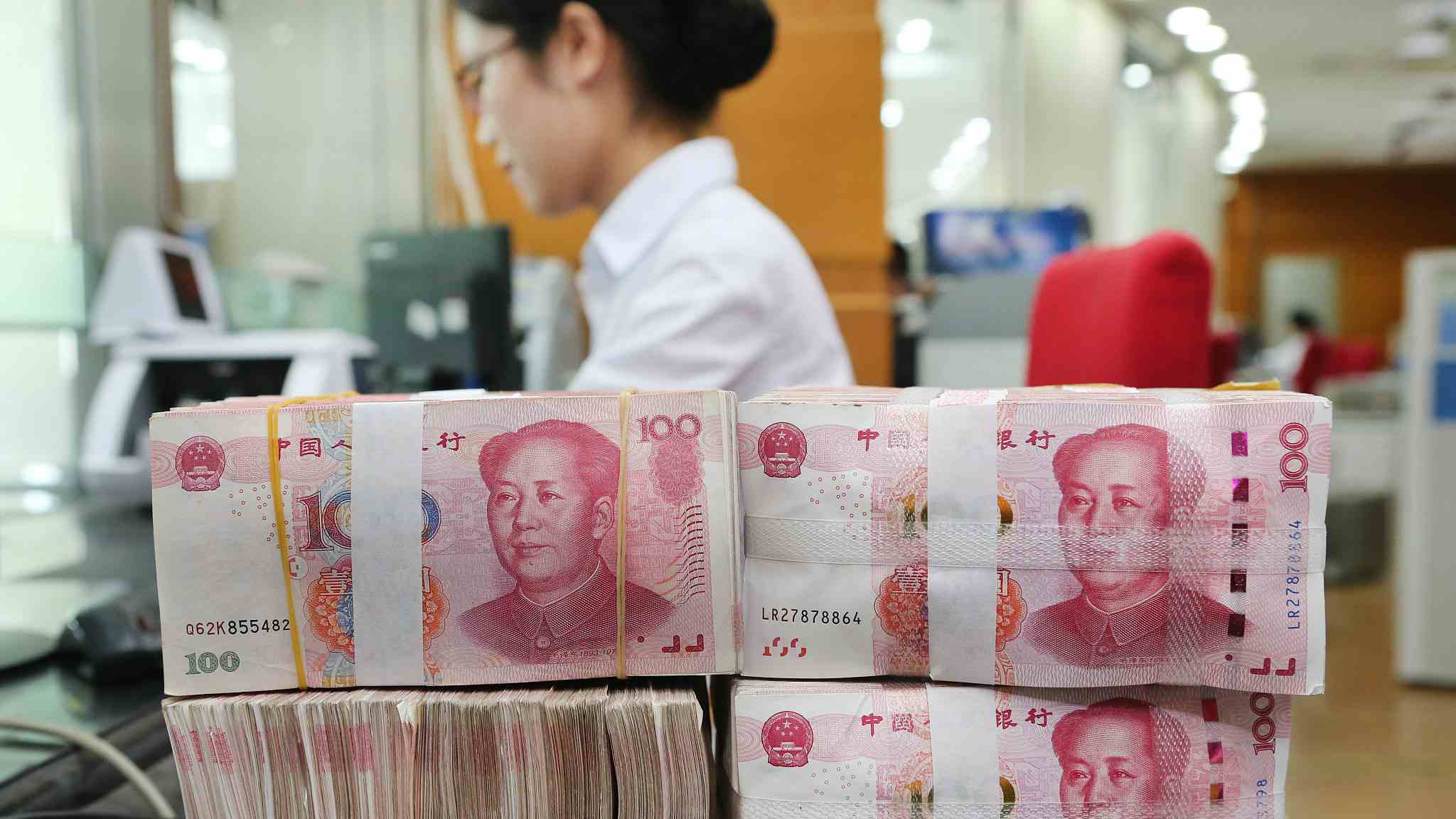
Editor's note: The trade war between China and the United States is becoming tense. The Chinese government on Monday published a white paper to show the facts and explain its position on the ongoing trade frictions with the US. In the white paper, China gives detailed facts about the US accusations. Did China manipulate its currency? Is the deficit as big as President Trump says? Ken Moak, who taught economic theory, public policy and globalization at various universities for 33 years, shares his views in two pieces. Here is part one. The article reflects the author's opinions, and not necessarily the views of CGTN.
US President Donald Trump mounted history's biggest trade war against China because he says the country has been "eating America's lunch" for decades and that has to stop. He accused China of currency manipulation and other "unfair" economic and trade practices to gain an export advantage, exaggerating the huge deficit which he says is over 500 billion US dollars.
Currency manipulation
Currency manipulation is a "beggar thy neighbor" policy in which a country deliberately devalues its currency to gain an export advantage. That occurs when a country's central bank buys and sells foreign currency to affect the value of its own or deliberately influence the foreign exchange rate market. It was this mercantilist policy that most if not all European nations adopted that destroyed the world's financial and trade system in the late 19th and early 20th centuries.
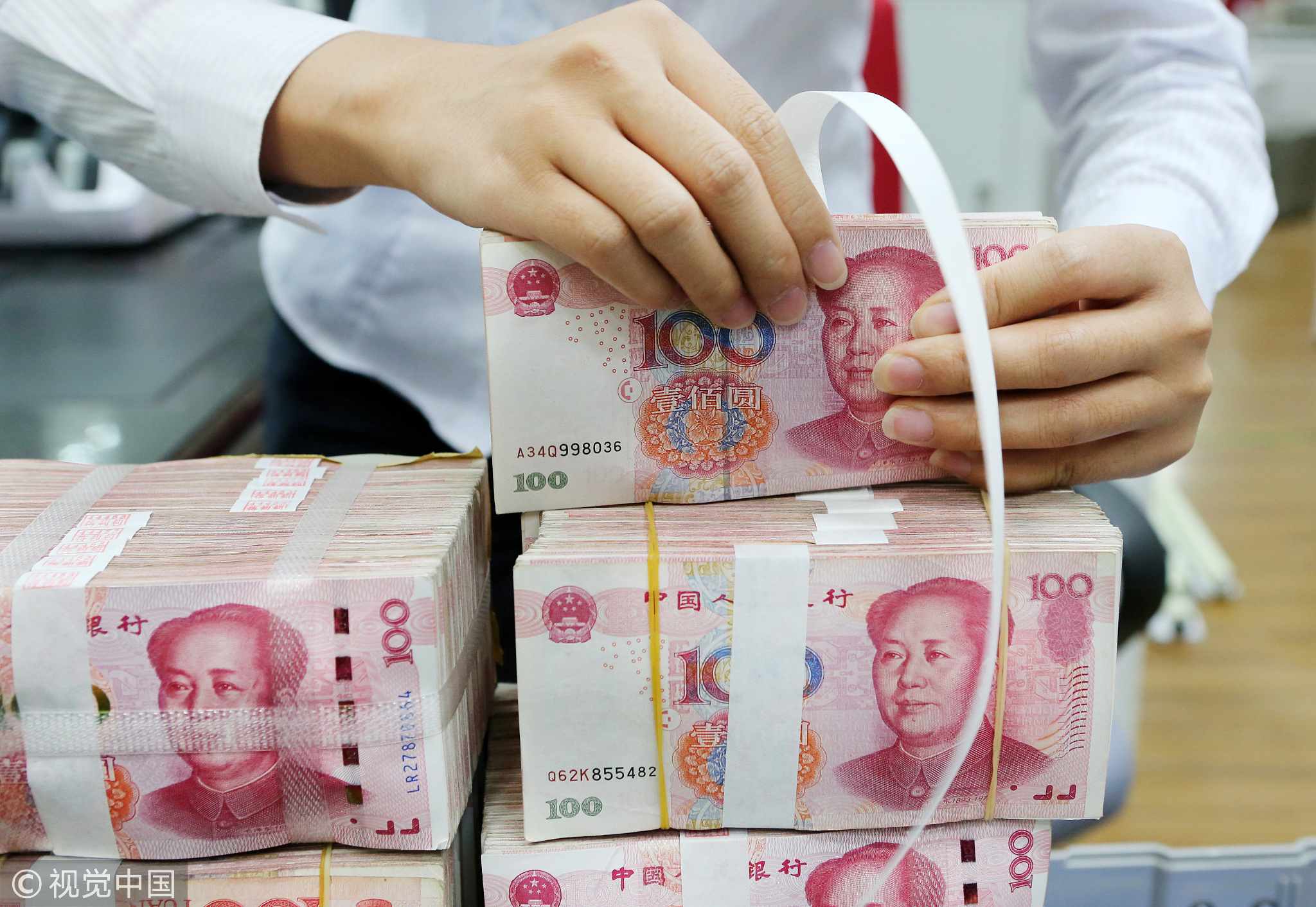
VCG Photo
VCG Photo
To put the mercantilist policy and its effect on the economy in proper perspective, let's assume the US Federal Reserve buys the yuan in the foreign exchange market thereby increasing its demand. The Chinese currency would appreciate against the greenback, raising the price of Chinese exports and decreasing the quantity demanded. Eventually, US exports to China would increase while those of China to America would fall, giving the US a trade surplus.
Moreover, America has its own definition of or criteria for currency manipulation, based on the value of trade and the size of the deficit. The US Trade Facilitation and Trade Enforcement Act requires the Treasury Department to conduct a thorough review of a country's currency policy if its surplus with the US is over 20 billion US dollars, current account surplus of three percent of GDP, and consistent intervention in the foreign currency market that is over two percent of that country's GDP.
However, the US Department of the Treasury has repeatedly ruled that China did not manipulate the yuan under the three criteria, albeit it complains that China did not appreciate the yuan quickly enough or allowed a freely floating exchange rate regime. Neither is the international community considering that the US criteria constitute currency manipulation.
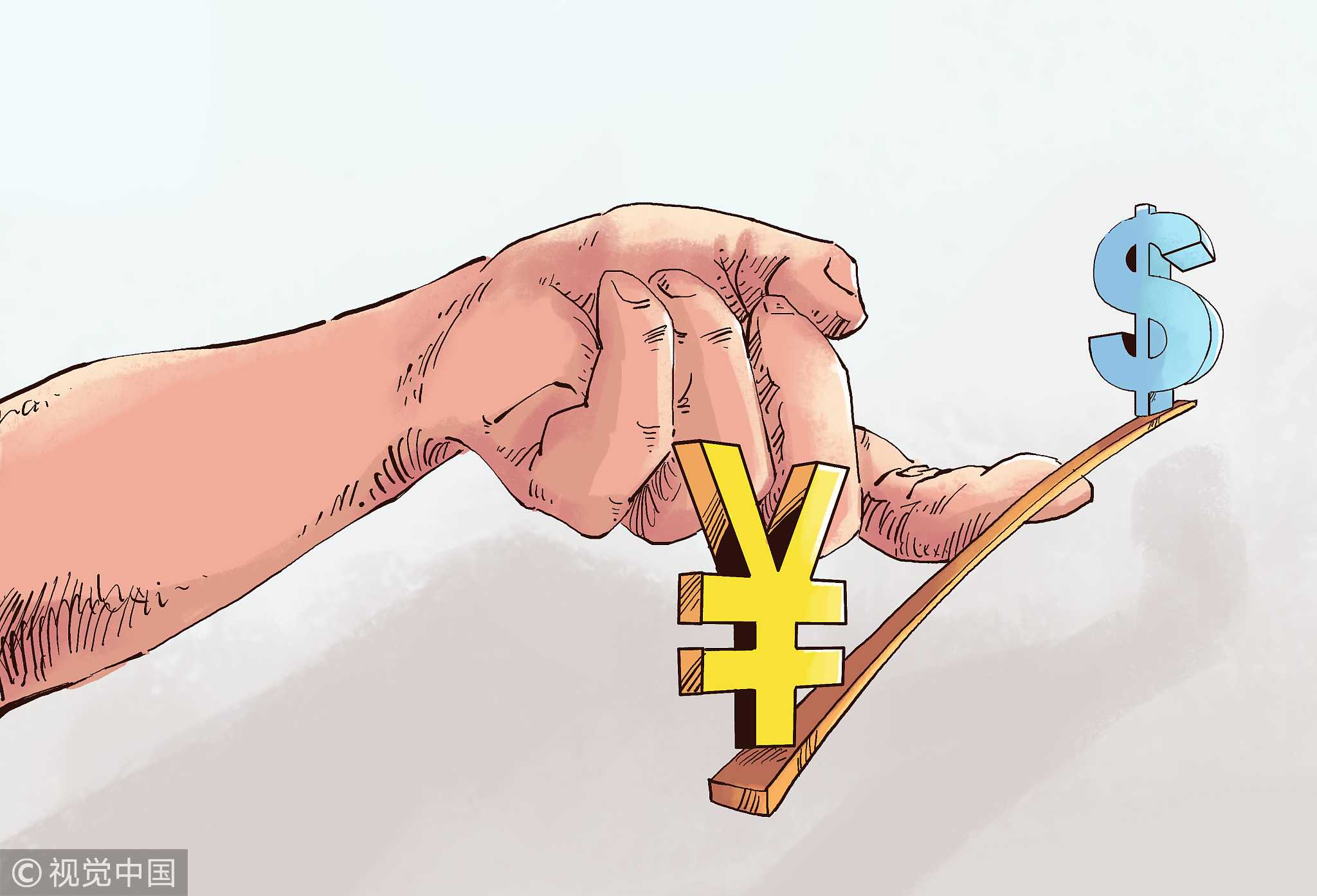
VCG Photo
VCG Photo
The currency manipulation accusation becomes even less convincing since the yuan has appreciated by more than 25 percent against the greenback since 2005 (when China abandoned the policy of fixing exchange rate of 1.00 US dollars to 8.25 Yuan). Today, the yuan is pegged against a basket of currencies, the value is determined by the weighted average of the major trade partners' currencies.
The bigger the trade partner is, the greater its currency's weight will be. The trade-weighted method of calculation is theoretically a truer value of a currency relative to others because it represents the actual cost of exports and imports.
America and its allies, the EU and Japan are more of a currency manipulator
In light of monetary policy practices of the US, Japan and EU, it could be argued that they might be more of a currency manipulator than China, resorting to quantitative easing (QE) or central banks printing money to buy government and corporate bonds as a way to increase the money supply. The "creative" monetary policy has two effects, reducing the interest rate and depreciating currency.
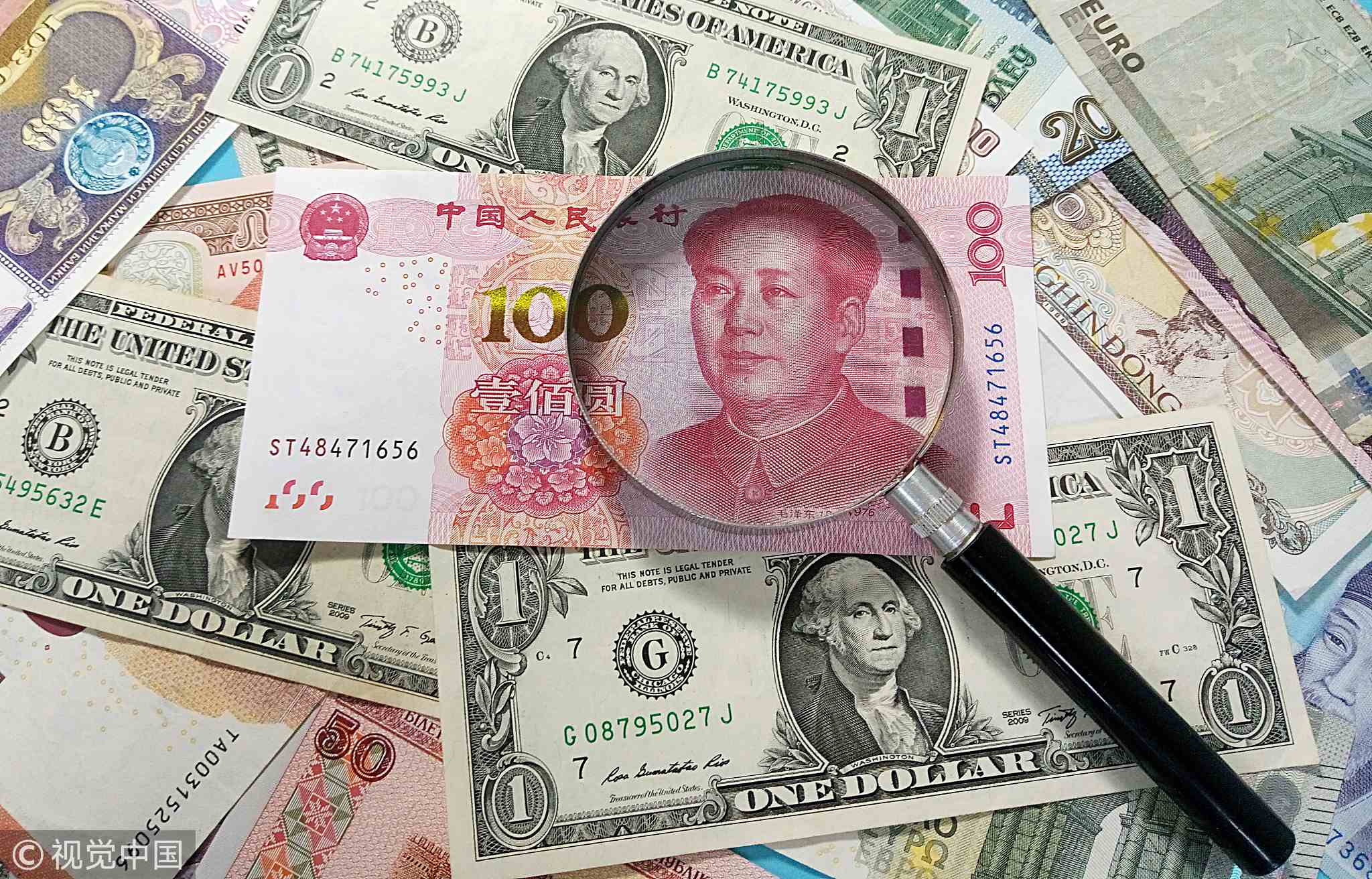
VCG Photo
VCG Photo
Japan was the first to carry out QE, the central bank printed a large amount of money 2001 as a way to trigger inflation or escape the deflationary spiral caused by bad domestic policies and external pressure.
The US forced Japan and some of its European allies to sign the Plaza Accord in 1985 as a way to reduce America's deficit with these countries, forcing them to appreciate the yen, pound, and Deutsch mark. The US even forced Japan to "voluntarily" reduce exports to America. But that first round of QE produced a "side effect", devaluing the yen and prompting an increase in Japanese exports.
Japan resorted to QE again in 2014 with Prime Minister Shinzo Abe's "Three Arrows" – stimulate exports, increase government spending and economic restructuring – to pull the economy out of the deflationary spiral.
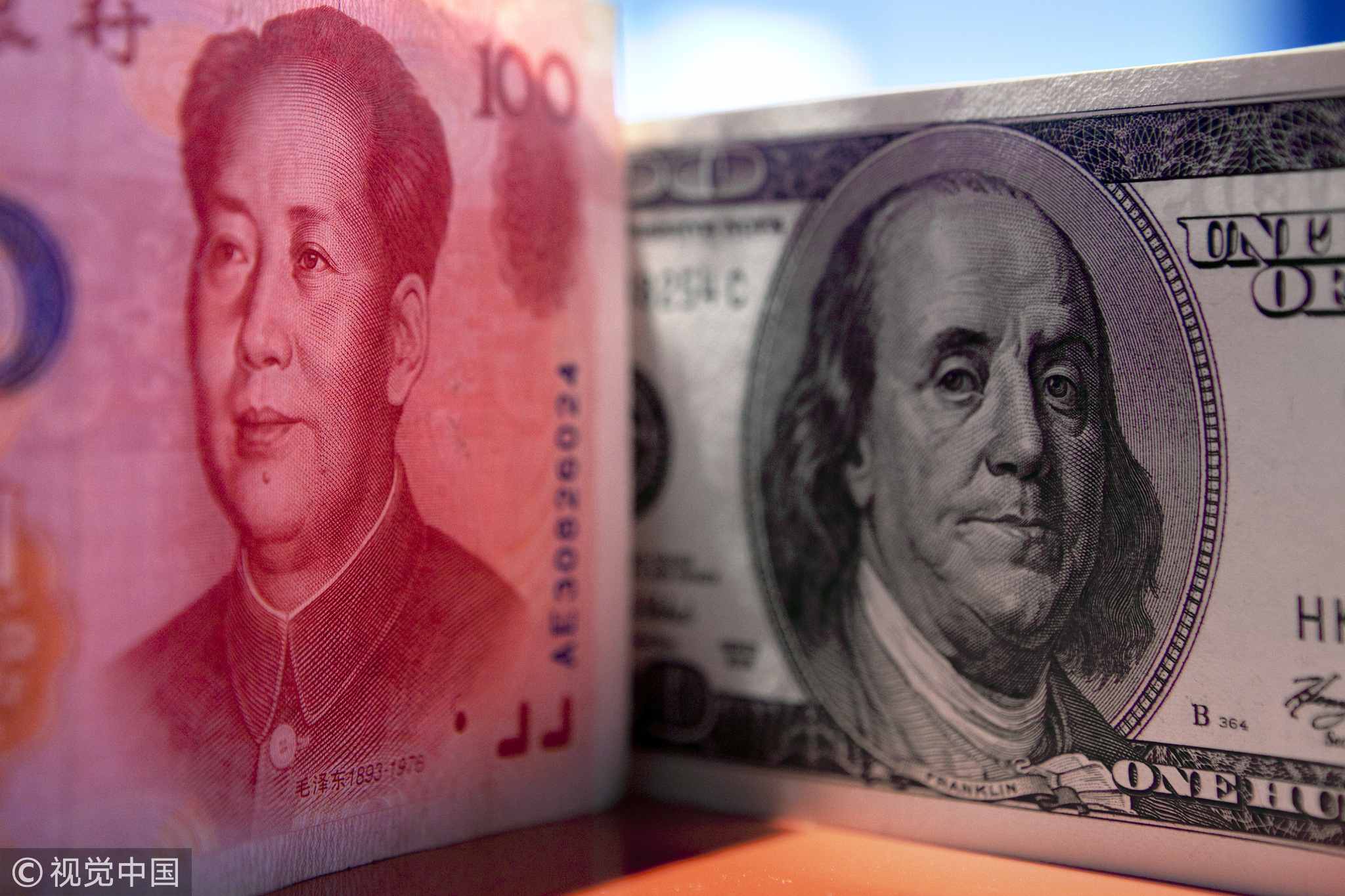
VCG Photo
VCG Photo
The US carried out massive QE operations in the aftermath of the 2008 financial crisis, printing trillions of US dollars to buy Treasury Bills, affording the government to bailout enterprises and banks deemed too big to fail and increase exports to recover from the (US-originated) financial disaster. The huge increases in the money supply in fact prompted the finance ministers of Brazil and Germany to accuse the US of starting a currency war.
Moreover, the US government passed a policy in 2002 that allowed the US dollar to depreciate by as much as 30 percent over a 20-year period to increase exports.
The European Central Bank (ECB) similarly followed Japan and the US, printing money to buy both sovereign and corporate bonds as a way to boost economic growth. The increase in the euro supply reduced its value.
(If you want to contribute and have specific expertise, please contact us at opinions@cgtn.com.)

SITEMAP
Copyright © 2018 CGTN. Beijing ICP prepared NO.16065310-3
Copyright © 2018 CGTN. Beijing ICP prepared NO.16065310-3